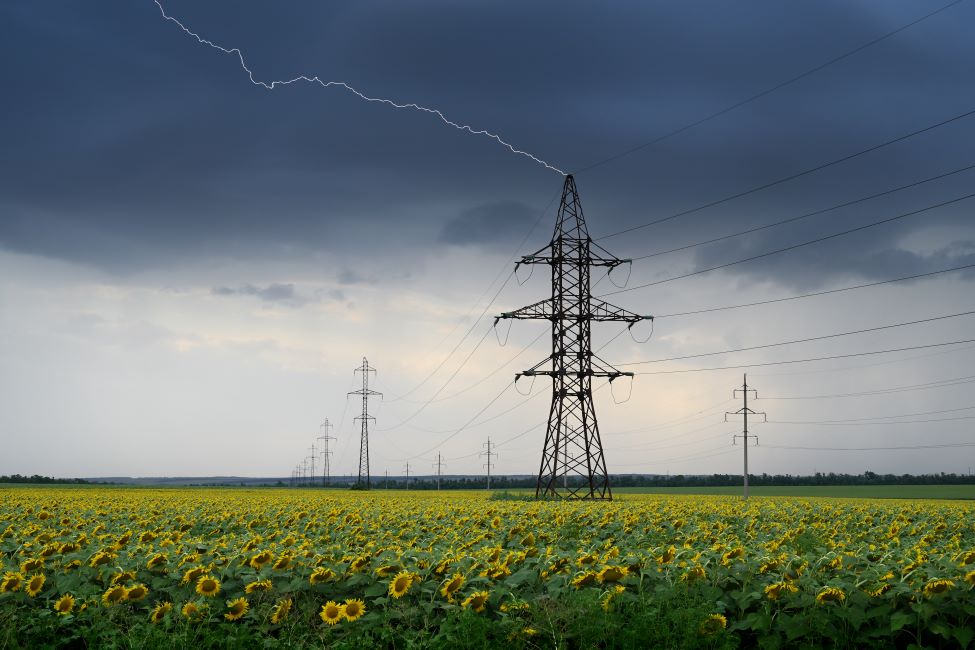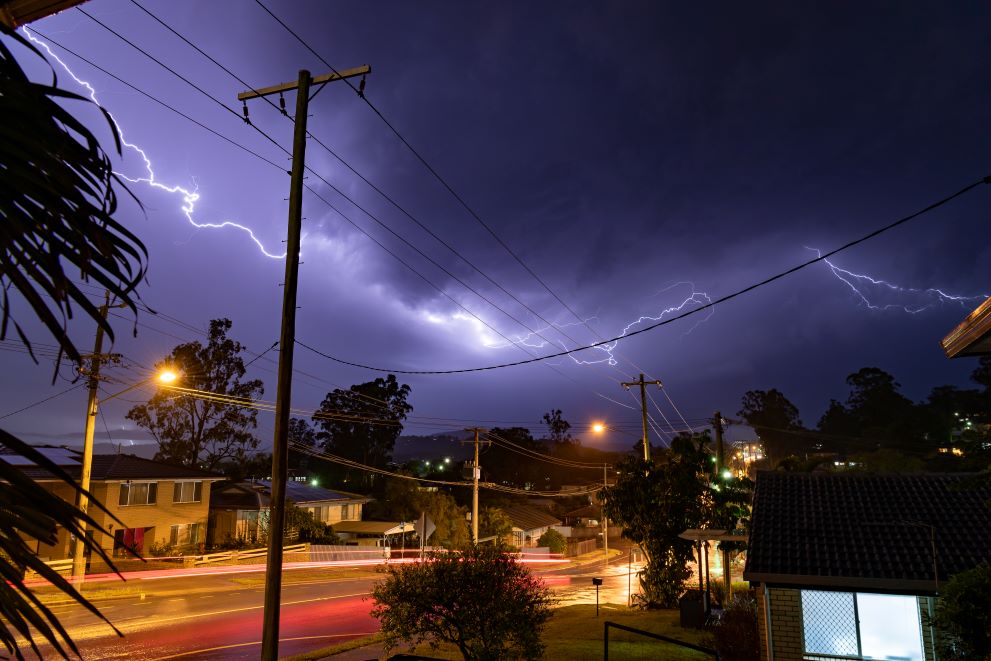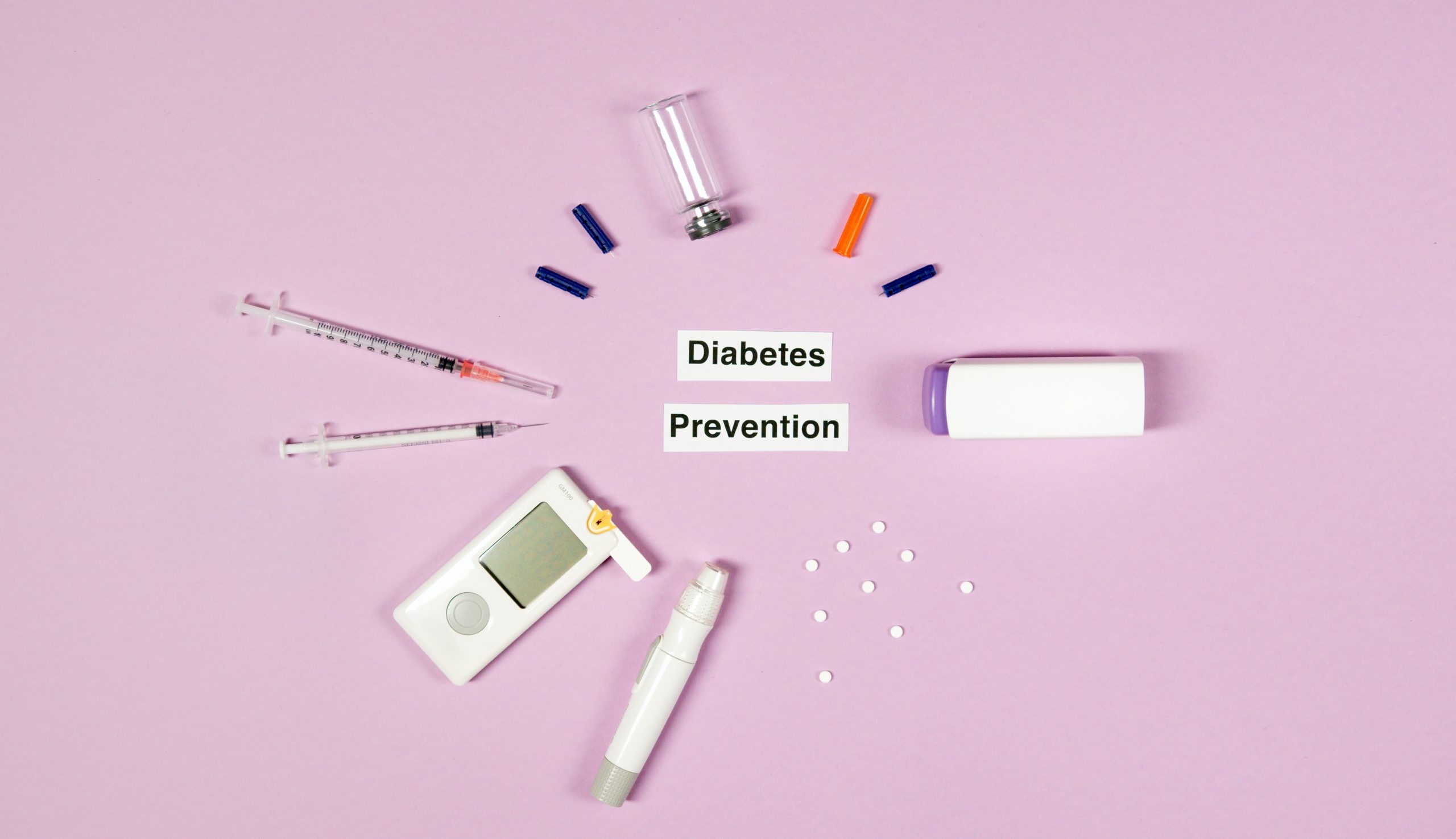Surviving a 30 million-volt jolt from a nearby lightning strike is no easy feat. The sheer power and voltage of a lightning strike can cause severe injuries and even death. Lightning strikes occur when there is a discharge of electricity between storm clouds and the ground, resulting in a visible flash of light and a loud clap of thunder. It is important to understand the potential dangers of lightning and how to protect yourself in such an event.
When lightning strikes, it can cause a variety of injuries because the high voltage of lightning can create a shock wave that travels through the surrounding air, causing damage to anything in its path. Metal objects like power lines and fences are commonly struck because of their ability to conduct electricity. Half of all lightning casualties occur when people are struck while in contact with metal items.
Understanding Lightning Strikes
Lightning strikes are a fascinating natural phenomenon that occurs during thunderstorms. It is important to understand how they occur and the formation of storm clouds to better comprehend the science behind them. When a thunderstorm develops, it creates an environment where there is a separation of electrical charges within the storm clouds. This separation leads to the formation of a lightning discharge channel, which is essentially a path of ionised air that allows for the discharge of electrical energy.
There are different types of lightning, including positive and negative charges. Positive lightning is less common but more powerful, with voltages that can reach up to 30 million volts. Surviving direct contact from such a high-voltage strike is extremely rare and can result in severe burns, cardiac arrest, and even death. However, negative lightning is more commonly observed and tends to move from the cloud to the next cloud to ground below. It is important to note that lightning can also reach nearby objects like trees, fences or even piping systems, causing side splashes and potentially injuring people or starting fires.
What Are Your Chances of Getting Struck by Lightning?
It’s estimated that up to 240,000 people a year are injured by lightning strikes across the world, but it’s important to note that not everyone who is struck by lightning dies. About half of the people hit survive, thanks to the quick response of emergency services and the application of aid.
To minimise the risk of being hit, it’s crucial to seek shelter indoors during a thunderstorm. Avoid open areas, tall objects and metal fences, as they can attract lightning. It’s also important to remember that lightning can travel through plumbing and electrical systems, so it’s best to avoid using these during a storm. By taking these precautions and staying informed about weather conditions through the National Weather Service, you can reduce your chances of becoming a lightning casualty.
Lightning Strike Injuries

Lightning injuries can vary in severity and can include burns and shock. When a person is struck, the electrical charge and current can cause burns on the skin and damage to internal organs. The severity of the burns depends on factors such as the intensity of electrical charge from the lightning bolt and the duration of the contact. Besides burns, shock can also occur, which can affect the nervous system and potentially lead to cardiac arrest. It is important to note that lightning strikes can have a significant impact on the human body and can cause long-term health issues like memory loss.
In the event of a strike, it is crucial to seek immediate medical attention and administer aid. Lightning strikes can be life-threatening, and prompt medical care can affect the outcome of lightning deaths. First aid measures for lightning injuries include checking for breathing and a pulse, performing CPR if necessary, and treating any burns or other visible injuries. It is important to remember that even if a person appears to be unharmed after lightning, they should still seek medical evaluation, as some injuries may not be immediately apparent. It is also important to take precautions to avoid lightning strikes like seeking shelter indoors during thunderstorms and staying away from open areas, tall things and bodies of water.
Surviving a Lightning Strike

To minimise the risk of being hit, it is crucial to take certain precautions. One of the most effective ways is to seek shelter indoors or in a vehicle during a thunderstorm. By staying inside, you significantly reduce your chances of being hit. It is important to remember that even if you are indoors, you should avoid using electrical appliances and water systems during a lightning storm to prevent any potential electrical shocks.
Another key aspect of lightning safety is to avoid open areas, tall items and metal structures during a thunderstorm. Lightning tends to hit the highest point in an area, cloud to ground, so it is best to stay away from trees, poles or other tall things that could attract lightning. Metal structures like fences or poles can also conduct electricity, increasing the risk of being struck. It is advisable to find a low-lying area or seek shelter in a building to minimise your exposure to lightning strikes.
It is also crucial to stay away from power lines during a lightning storm. Power lines can carry a significant amount of electrical current, so lightning striking them and being close to them during a thunderstorm can be extremely dangerous. Similarly, plumbing systems can also conduct electricity, so it is important to avoid using sinks, showers or other fixtures during a lightning storm. By staying away from power lines and sanitation systems when lightning occurs, you reduce the risk of being exposed to electrical currents and potential lightning strikes.
Lightening Strike Long-Term Effects
Surviving lightning can have long-term effects on a person’s life. When a person is hit, the electrical discharge can cause a range of injuries. These injuries can include burns, memory issues, and even neurological damage. The shock can affect the body’s nervous system, disrupt normal bodily functions and even also cause heart attack or other life-threatening conditions.
Medical services should be contacted immediately if someone is hit by lightning flash, and first aid should be administered until help arrives. Overall, surviving a lightning strike is a traumatic experience that can have long-lasting effects on a person’s physical and mental well-being.
Final Thoughts
Surviving a 30-million-volt lightning strike is extremely rare and can result in severe injuries or death, but half of those hit do survive thanks to quick emergency response and first aid. To minimise the risk of being hit by lightening, seek shelter indoors during thunderstorms, avoid open areas and tall items and stay away from power lines and sanitation systems.
Lightning strike injuries can vary in severity and can include burns, electrical shock and potential long-term health issues like memory issues. Seek immediate medical attention and administer first aid in the event of strike. Taking precautions and staying informed about weather conditions can greatly reduce the chances of becoming a lightning casualty.







